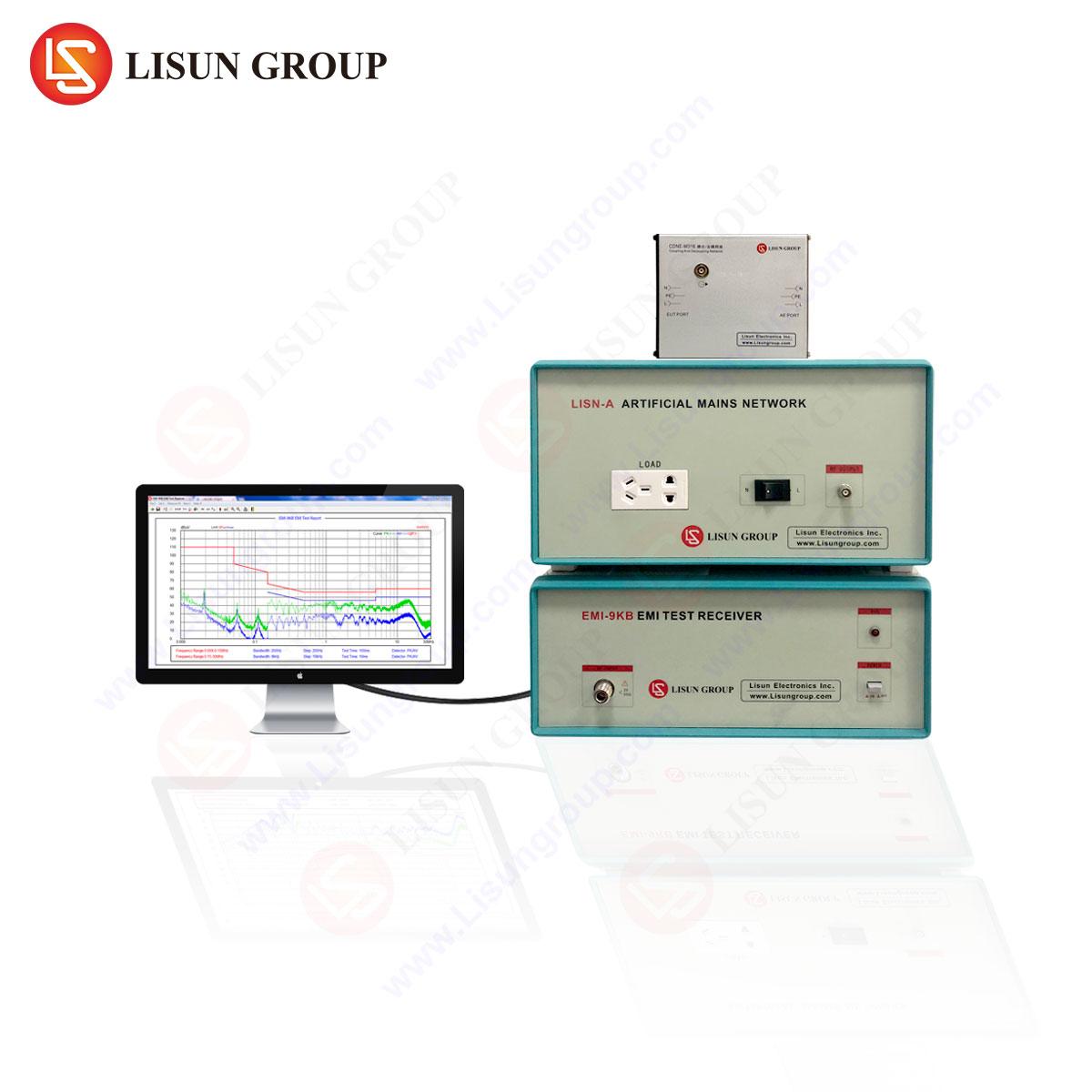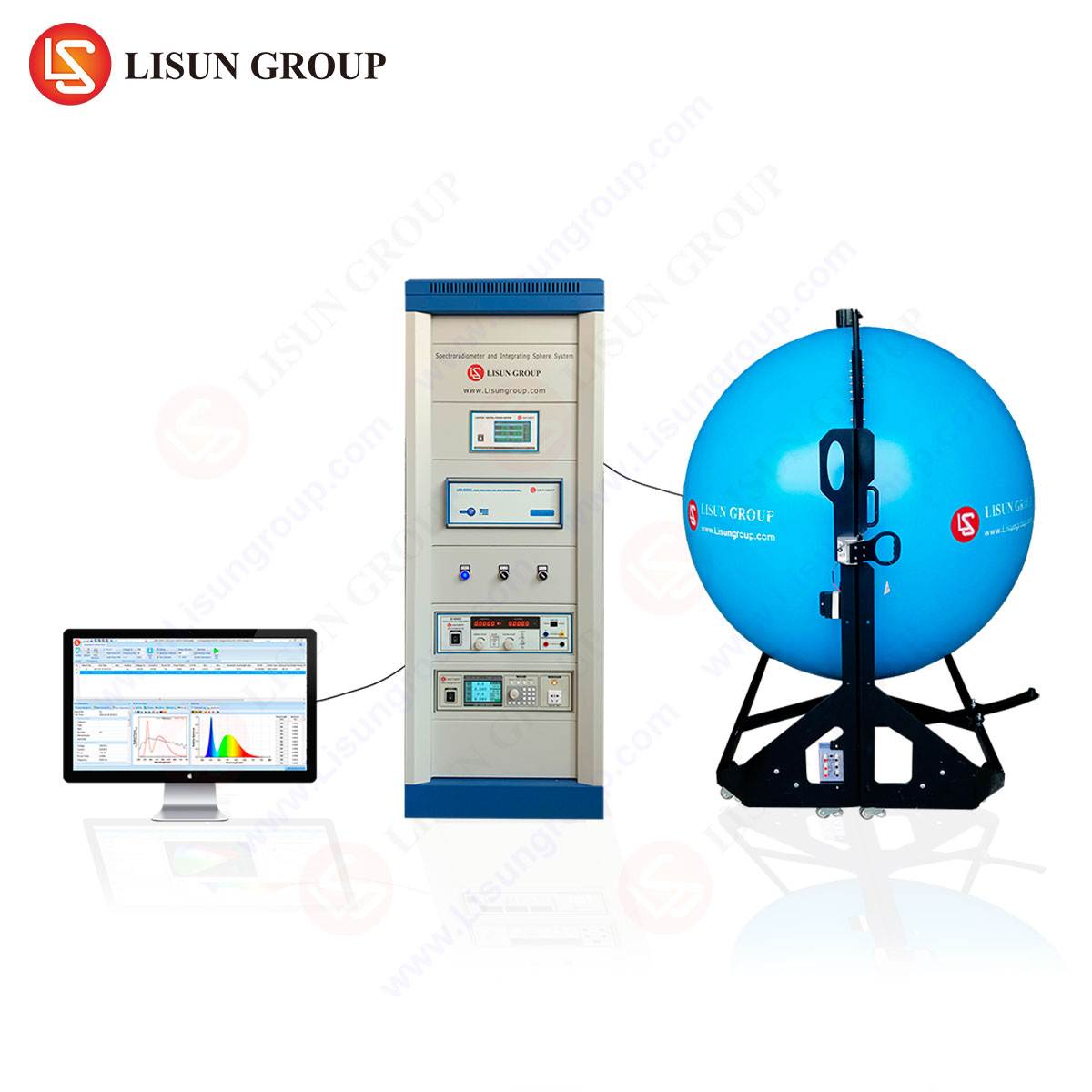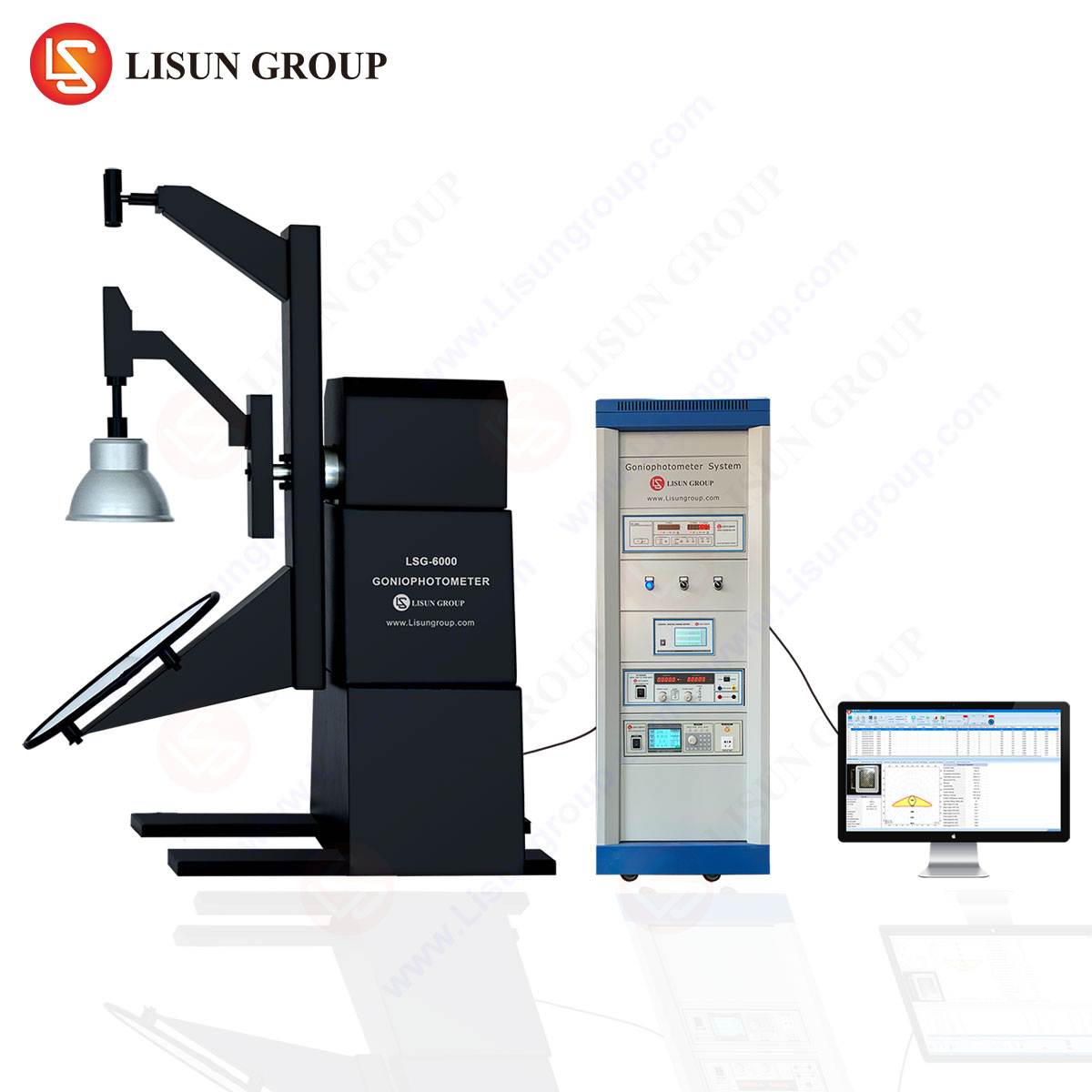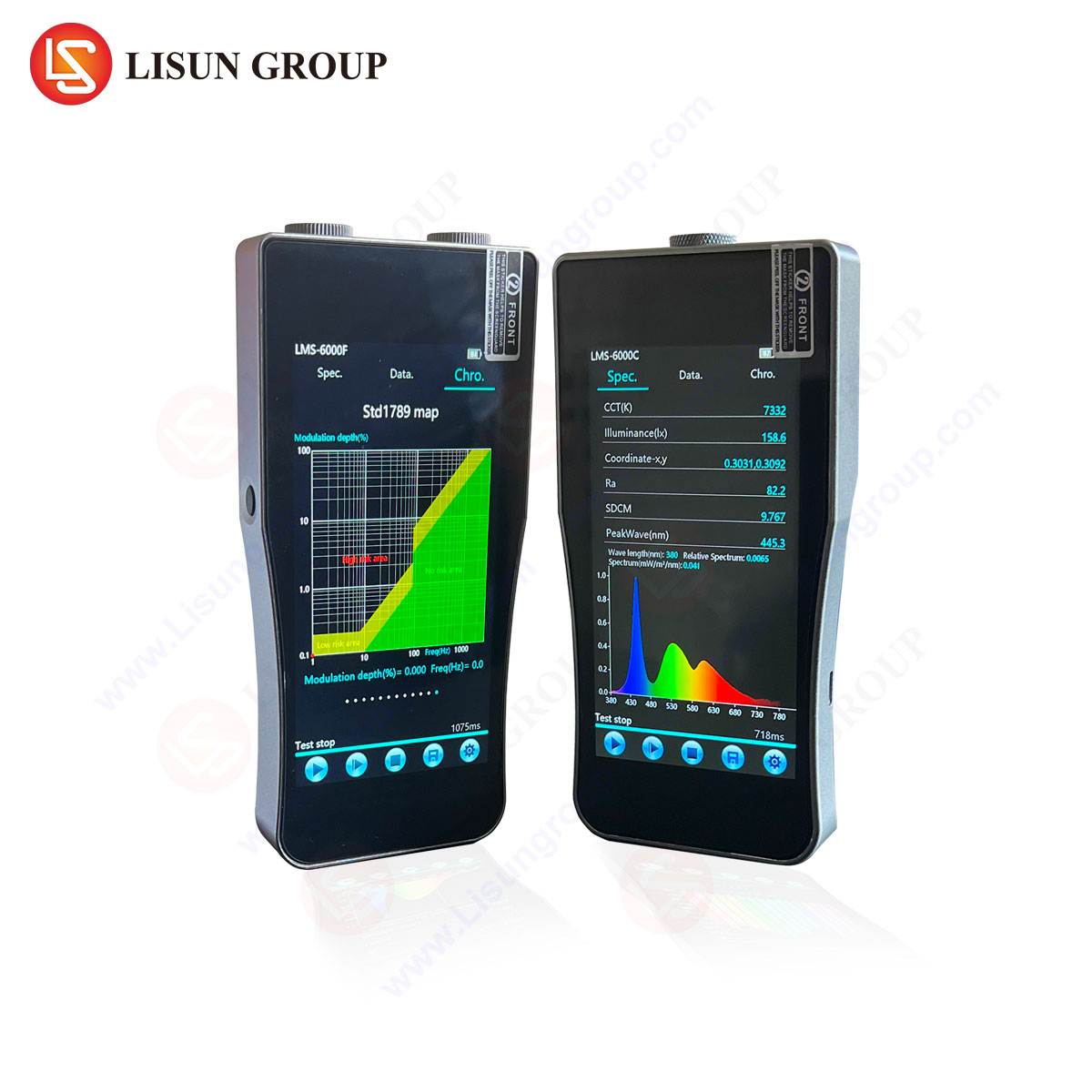A Comprehensive Guide to ESD Simulator Gun Procurement and Application
Introduction to Electrostatic Discharge Simulation
Electrostatic Discharge (ESD) represents a significant threat to the operational integrity and long-term reliability of electronic components and systems. This transient transfer of electric charge between bodies at different potentials can induce catastrophic failure, latent damage, or performance degradation in sensitive circuitry. To mitigate these risks, international standards bodies, including the International Electrotechnical Commission (IEC), have developed rigorous test methodologies. Central to these methodologies is the ESD Simulator Gun, or ESD Gun, a calibrated instrument designed to replicate the waveform and current characteristics of human-body-model (HBM) and other ESD events in a controlled laboratory environment. The procurement of such equipment necessitates a thorough understanding of its technical parameters, compliance requirements, and the economic factors that influence its market price. This guide provides a detailed analysis of these elements, serving as a critical resource for engineers, quality assurance managers, and procurement specialists across industries reliant on robust electronic design.
Fundamental Operating Principles of ESD Test Equipment
An ESD Simulator Gun functions by storing a high voltage on a capacitor, which is then discharged through a specific network of resistors into the Equipment Under Test (EUT) via a discharge tip. This RC network is engineered to mimic the electrical characteristics of the human body, as defined by standards such as IEC 61000-4-2. The discharge event is characterized by an extremely fast rise time (sub-nanosecond) and a specific current waveform. The gun must accurately generate two distinct discharge types: contact discharge, where the tip is held in contact with the EUT before discharge, and air discharge, where the charged tip is moved toward the EUT until an arc occurs. The fidelity with which a simulator reproduces the standard-defined waveform is a primary determinant of its quality, reliability, and cost. High-performance units incorporate advanced circuitry to ensure minimal waveform ringing and precise control over rise time and peak current, which are critical for repeatable and meaningful test results.
Critical Performance Specifications Influencing Cost
The price of an ESD Simulator Gun is directly correlated with its performance specifications and build quality. Key parameters that potential buyers must evaluate include:
- Test Voltage Range and Resolution: A broader range (e.g., 0.1 kV to 30 kV) with fine resolution (e.g., 10 V steps) offers greater testing flexibility but increases complexity and cost.
- Waveform Verification Accuracy: The instrument’s ability to consistently produce a current waveform that conforms to the tolerances specified in IEC 61000-4-2 is paramount. Systems with integrated, automated waveform verification fixtures command a premium.
- Discharge Repetition Rate: The speed at which successive discharges can be applied, which is critical for high-throughput production line testing.
- RC Network Compliance: The precision of the internal resistance and capacitance values (typically 150 pF / 330 Ω for HBM). Tighter tolerances on these components ensure standard compliance.
- Articulation and Ergonomics: The mechanical design of the gun, including the quality of the discharge tip, the grounding cable, and the overall durability, affects both usability and long-term cost of ownership.
A detailed comparison of a baseline model versus a high-performance model is presented in Table 1.
Table 1: Specification Comparison of ESD Simulator Gun Tiers
| Specification | Baseline Model | High-Performance Model (e.g., LISUN ESD61000-2) |
| :— | :— | :— |
| Voltage Range | 0.2 – 16.5 kV | 0.1 – 30 kV |
| Voltage Polarity | Positive / Negative (manual switch) | Positive / Negative (software & remote control) |
| Discharge Modes | Contact, Air | Contact, Air, with software-selectable parameters |
| Waveform Verification | Optional external target | Integrated, automated verification system |
| RC Network | 150pF / 330Ω (IEC 61000-4-2) | 150pF / 330Ω, 150pF / 2kΩ (IEC 61340-3-1), 330pF / 2kΩ (Machine Model) |
| Interface | Manual controls on gun | Full remote control via USB/GPIB, PC software |
| Primary Application | Basic R&D, Educational Labs | Certified Compliance Testing, High-Volume QA |
An In-Depth Analysis of the LISUN ESD61000-2 Simulator
The LISUN ESD61000-2 ESD Simulator Gun represents a high-tier instrument engineered for compliance testing per IEC 61000-4-2 and other related standards. Its design and feature set address the demanding requirements of certified laboratories and high-reliability industries.
Technical Specifications:
The ESD61000-2 offers a comprehensive voltage range from 0.1 kV to 30 kV, accommodating the full scope of testing levels defined by international standards. It features both contact and air discharge modes, with the capability for remote operation via its dedicated software. A key differentiator is its multi-standard compliance, supporting not only the primary 150pF / 330Ω network for IEC 61000-4-2 but also alternative networks such as 150pF / 2kΩ for static electricity testing per IEC 61340-3-1 and 330pF / 2kΩ for simulating Machine Model (MM) events. This versatility eliminates the need for multiple, dedicated testers.
Testing Principles and Advanced Features:
The system is built around a precision high-voltage DC source and a fast-switching relay system to ensure a stable and repeatable discharge. The integrated waveform verification system allows the user to validate the gun’s output against the IEC 61000-4-2 current waveform requirements (including the sub-1ns rise time and the specific current levels at 30ns and 60ns) without external oscilloscopes or targets, streamlining the calibration and quality assurance process. The accompanying PC software provides full control over test parameters, enables the creation of complex test sequences (including various voltages and discharge intervals), and generates detailed test reports, which is indispensable for audit trails and certification.
Competitive Advantages:
The primary advantages of the ESD61000-2 lie in its measurement accuracy, operational flexibility, and automation capabilities. Its ability to be seamlessly integrated into automated test stands makes it suitable for high-volume manufacturing environments in the automotive and consumer electronics sectors. The robust construction and comprehensive standard support reduce long-term operational costs by minimizing downtime and the need for auxiliary equipment.
Industry-Specific Application Scenarios for ESD Testing
The application of ESD Simulator Guns is ubiquitous across modern technology sectors. The specific test levels and failure criteria vary significantly, influencing the required performance tier of the simulator.
- Automotive Industry: Electronic Control Units (ECUs), infotainment systems, and sensors must withstand severe ESD events. Testing is performed per ISO 10605, which often requires higher discharge levels than IEC 61000-4-2. A high-voltage model like the ESD61000-2 is essential.
- Medical Devices: For patient-connected equipment such as vital signs monitors or infusion pumps, ESD immunity is a patient safety issue. Standards like IEC 60601-1-2 mandate rigorous testing, where latent failures are a critical concern.
- Household Appliances and Intelligent Equipment: Smart thermostats, washing machine controllers, and IoT devices incorporate sensitive microcontrollers. ESD testing ensures reliability from casual user interaction.
- Communication Transmission and Information Technology Equipment: Network routers, servers, and base stations are tested to ensure uptime and data integrity. Air discharge testing is particularly relevant for ports and interfaces.
- Aerospace and Rail Transit: Avionics and train control systems operate in environments with unique ESD risks. Testing is performed to stringent industry-specific standards, requiring highly reliable and verifiable test equipment.
- Electronic Components and Instrumentation: Semiconductor manufacturers use ESD guns for system-level testing of finished products and for characterizing the ESD robustness of new component designs.
Economic Factors in the ESD Simulator Market
The price range for ESD Simulator Guns is broad, typically spanning from several hundred to tens of thousands of US dollars. This variance is driven by several economic and technical factors:
- Brand and Certification: Instruments from manufacturers with a long-standing reputation and which are supplied with full NIST-traceable calibration certificates command higher prices.
- Standard Compliance and Versatility: Guns that support multiple standards (e.g., HBM, MM, Charged Device Model) offer greater value and justify a higher initial investment.
- Automation and Software: The level of software integration and remote control capability is a major cost driver. Basic models offer manual operation, while premium models like the ESD61000-2 include sophisticated software for test sequencing and data logging.
- After-Sales Support and Warranty: The cost of ownership includes calibration services, repair costs, and technical support. A higher initial price from a vendor with a strong global support network can lead to lower total cost of ownership.
The Total Cost of Ownership Framework
A prudent procurement strategy evaluates the Total Cost of Ownership (TCO), not merely the purchase price. The TCO framework includes:
- Acquisition Cost: The initial purchase price of the gun, verification target, and software.
- Operational Costs: Expenses related to annual calibration, potential repairs, and operator training.
- Productivity Costs: The impact of test speed and automation on throughput. A more expensive, automated system can pay for itself in a high-volume test lab by reducing test cycle times.
- Risk Mitigation Value: The cost of a product recall or field failure due to inadequate ESD testing can be astronomical. Investing in a highly accurate and reliable simulator is a form of risk insurance.
For a compliance laboratory serving the automotive or medical sectors, the TCO calculation strongly favors a high-performance, fully-featured instrument to ensure regulatory adherence and mitigate liability.
Frequently Asked Questions (FAQ)
Q1: What is the difference between contact and air discharge testing, and when should each be applied?
Contact discharge is applied to conductive surfaces and parts that are accessible to the user. The simulator tip is placed in direct contact with the EUT before the discharge is initiated. Air discharge is used for insulating surfaces (e.g., painted plastic); the charged tip is moved toward the EUT until a spark bridges the air gap. The test standard applicable to your product will specify which method to use on which surfaces.
Q2: How frequently does an ESD Simulator Gun require calibration?
Industry best practice and most quality management systems (e.g., ISO 17025) require annual calibration to maintain traceability to national standards. However, it is recommended to perform a basic waveform verification before any critical test series or if the gun is subjected to mechanical shock.
Q3: Can a single ESD simulator like the LISUN ESD61000-2 be used for both component-level and system-level testing?
While the primary design of the ESD61000-2 is for system-level testing per IEC 61000-4-2, its inclusion of other RC networks (like the 150pF/2kΩ) makes it adaptable for certain component-level electrostatic tests. However, dedicated Component ESD (CDM) and Human Body Model (HBM) testers are used for precise component qualification, as they offer different fixturing and much higher measurement precision for those specific failure modes.
Q4: What are the consequences of using an ESD gun with an out-of-tolerance waveform?
Using a non-compliant gun invalidates test results. A gun with a slower rise time or incorrect peak current will not subject the EUT to the stress defined by the standard, leading to a false sense of security. Products may pass the flawed test but fail in the field under a real ESD event, resulting in warranty claims, recalls, and damage to brand reputation.







